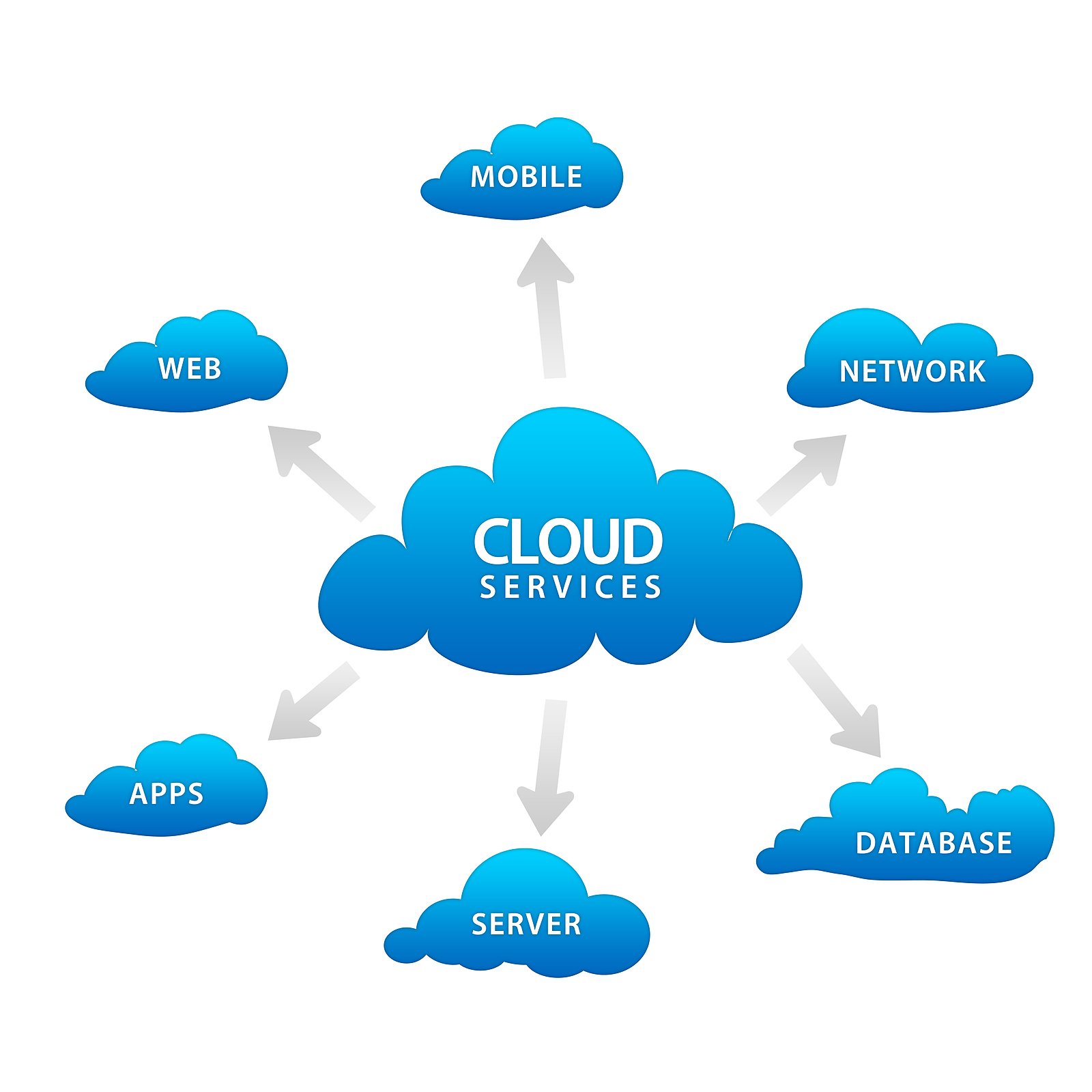Achieve Seamless Scalability With Cloud Provider
In the ever-evolving landscape of cloud solutions, achieving smooth scalability stands as a keystone for contemporary businesses seeking to remain adaptable and affordable. The mission for seamless scalability with cloud solutions introduces a world of possibilities for those eager to welcome the transformative power of dynamic resource management.
Benefits of Cloud Scalability
Cloud scalability provides companies the adaptability to dynamically readjust resources based upon demand, guaranteeing optimum performance and cost efficiency. One essential advantage is the ability to scale sources up or down rapidly in feedback to varying work. This dexterity allows businesses to satisfy altering client needs without over-provisioning sources, eventually resulting in cost savings. Scalability likewise enhances efficiency by making certain that systems can take care of enhanced website traffic or workload without experiencing downtime or downturns. By efficiently designating resources, organizations can keep high degrees of efficiency during peak times without unnecessary expenditures throughout quieter durations. Furthermore, cloud scalability advertises development and trial and error by allowing companies to easily test new concepts and range them as needed. This versatility urges a culture of continuous improvement and adaptation, enabling organizations to stay affordable in a quickly developing market landscape. Inevitably, the benefits of cloud scalability expand past price savings to include improved performance, agility, and development.
Secret Features for Scaling
Effective scaling in cloud services counts on essential features that enable companies to readjust resources dynamically based upon demand. One crucial function for scaling is flexibility, allowing resources to scale up or down in feedback to changing workloads. This makes sure that organizations can meet efficiency needs without over-provisioning resources. Another key attribute is scalability, enabling systems to take care of enhanced work by including sources seamlessly. This attribute is important for suiting development without compromising efficiency. Furthermore, automation plays an important function in scaling by automating the provisioning and de-provisioning of sources based upon predefined policies. Automation lowers human intervention, enhances efficiency, and makes certain quick action to altering needs. Monitoring and analytics tools are additionally essential for scaling, providing understandings into source application, efficiency metrics, and possible traffic jams. These tools allow companies to make enlightened choices and enhance resource appropriation for reliable scaling. Overall, these key features collectively empower companies to attain seamless scalability in cloud solutions.
Implementing Auto-Scaling Methods
To properly optimize resource allowance and adjust to differing workloads, companies have to strategically execute auto-scaling approaches in their cloud services facilities. Auto-scaling allows systems to immediately adjust the number of compute resources based on real-time demand. There are various auto-scaling techniques that organizations can use, such as anticipating scaling, which utilizes historical data to forecast future source demands, and reactive scaling, which replies to existing work modifications.

Best Practices for Scalability
For organizations aiming to improve their scalability in cloud services, carrying out best linked here methods is critical for optimum Discover More Here efficiency and source administration. One trick finest practice is making applications with a microservices architecture. This approach breaks down applications right into smaller, independent solutions that can be deployed, upgraded, and scaled separately, permitting better versatility and scalability.
Another essential practice is making use of containerization technology, such as Docker or Kubernetes. Containers make it possible for the packaging of applications and their reliances right into separated devices, making it much easier to scale components independently and release them regularly throughout different settings.
Furthermore, implementing automated release and infrastructure as code (IaC) can simplify scalability efforts (linkdaddy cloud services). Automation tools like Terraform or Ansible assistance in provisioning and handling resources efficiently, reducing hands-on errors and allowing quick scalability
Additionally, checking efficiency metrics, establishing informs, and conducting regular ability preparation are essential practices to ensure positive scalability administration. By sticking to these finest practices, organizations can attain smooth scalability in their cloud services while enhancing efficiency and source use.
Surveillance Efficiency Metrics
When assessing the effectiveness of cloud services scalability, very closely keeping an eye on performance metrics is important for ensuring optimum capability and source allowance. By continually tracking crucial efficiency indications (KPIs) such as feedback times, throughput, source, and latency usage, organizations can acquire useful insights into the wellness and performance of their cloud facilities. Monitoring performance metrics enables for the very early discovery of potential traffic jams or problems that can affect scalability, allowing aggressive procedures to be required to resolve them prior to they rise.

Final Thought
In final thought, achieving smooth scalability with Find Out More cloud services is necessary for organizations to enhance efficiency, enhance technology, and maintain high performance degrees during peak times. By leveraging the benefits of cloud scalability, implementing auto-scaling techniques, using key features such as flexibility and automation, and following best techniques like application style and performance tracking, organizations can efficiently scale their systems while optimizing resource usage and efficiency.
The pursuit for seamless scalability with cloud solutions introduces a world of opportunities for those willing to welcome the transformative power of dynamic resource administration.
Cloud scalability offers companies the flexibility to dynamically change sources based on demand, making certain optimal efficiency and cost performance. Another key attribute is scalability, enabling systems to handle raised work by adding resources effortlessly.For organizations intending to enhance their scalability in cloud services, implementing finest practices is essential for optimal performance and source management.When analyzing the performance of cloud services scalability, very closely checking performance metrics is crucial for guaranteeing ideal performance and resource allocation.